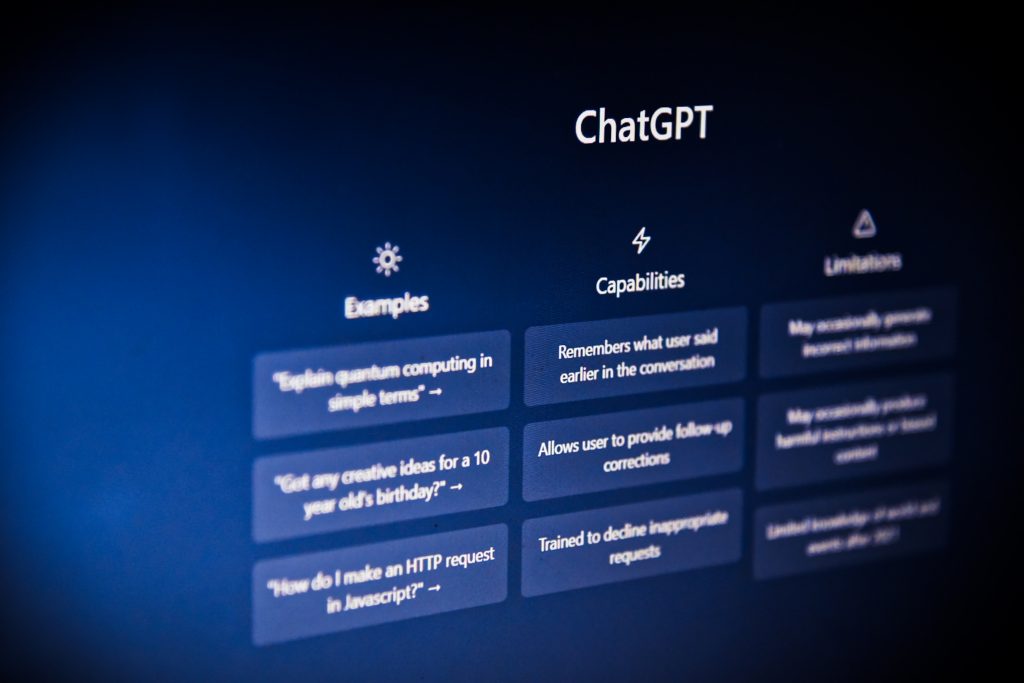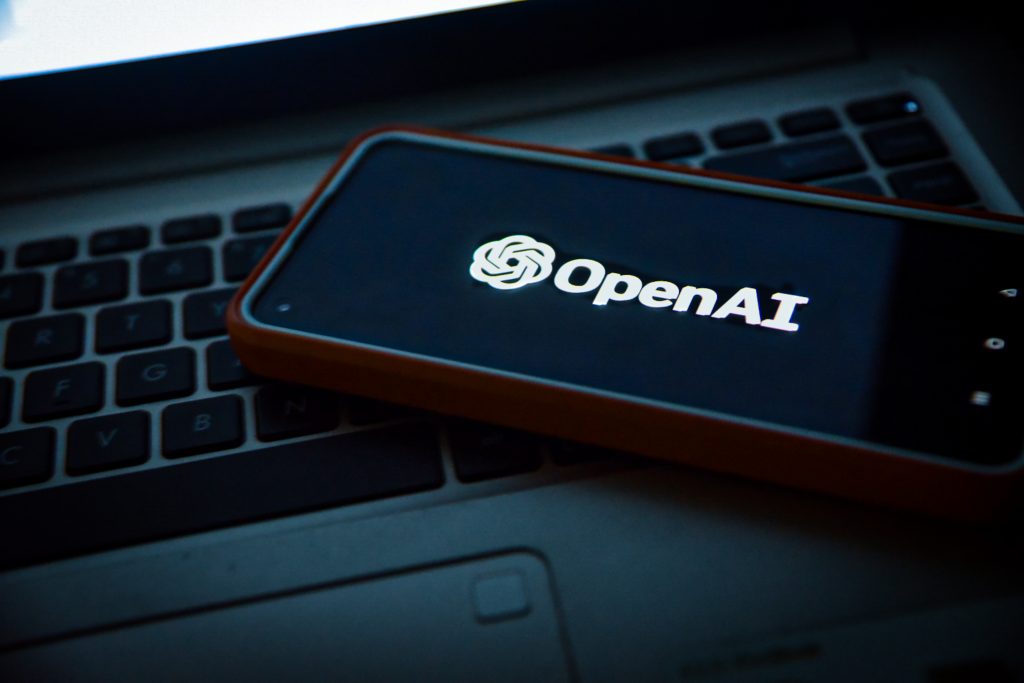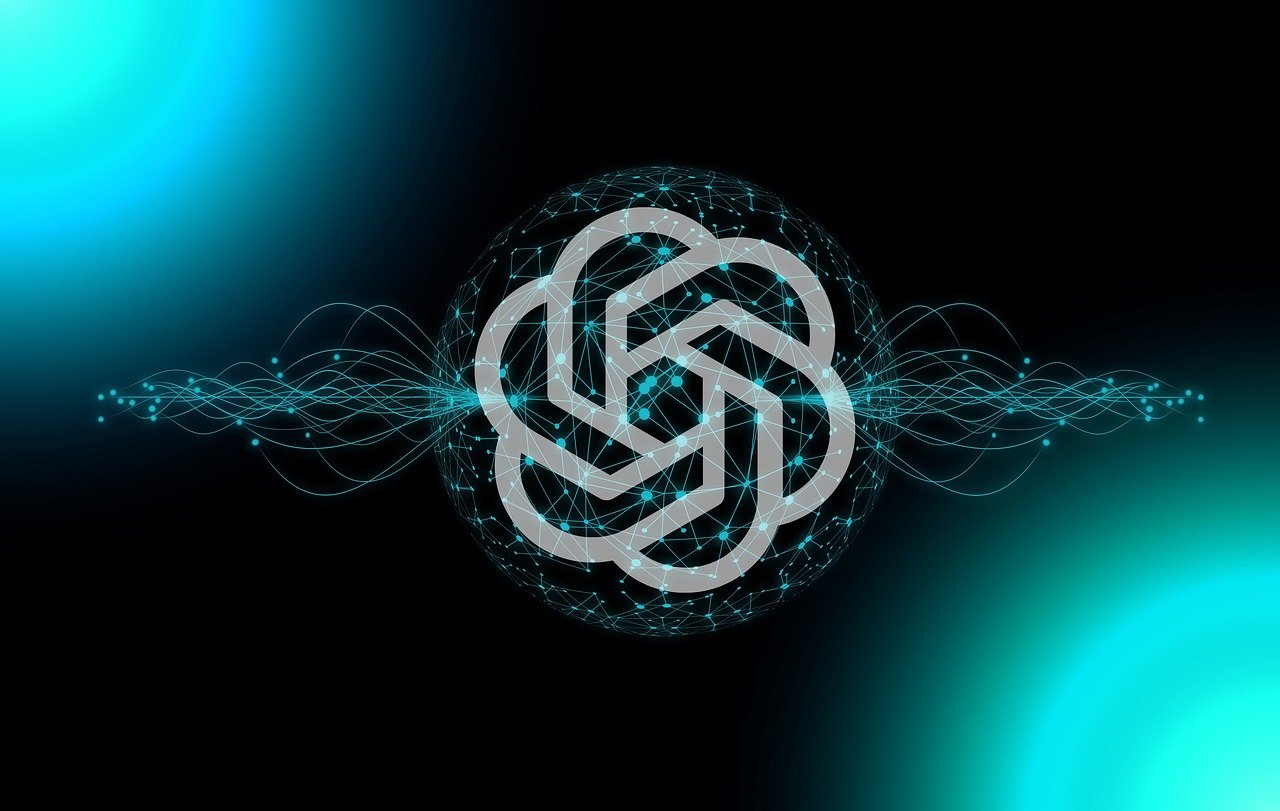Optimizing our daily workflow and productivity has become essential in a world where every second counts. The digital age has brought forth a new era of possibilities thanks to the revolutionary advancements in artificial intelligence.
In recent months, you’ve likely heard about a remarkable digital tool changing how we approach work and productivity. Its name is ChatGPT, and it’s not just another buzzword in the tech world; it’s a game-changer for anyone striving to make the most of their day. The great thing is that it’s accessible to everyone, no matter their level of technical knowledge.
In this blog post, we’ll dive into the world of ChatGPT, exploring its remarkable capabilities. But before we get into it, let’s take a moment to understand what ChatGPT is all about.
What is ChatGPT?
ChatGPT is a groundbreaking AI-powered tool developed by OpenAI. This versatile digital assistant utilizes advanced natural language processing to generate human-like text responses, boosting productivity and efficiency. ChatGPT’s capabilities extend beyond answering questions; it can provide creative inspiration, learn from feedback, and handle tasks like writing various content types, text summarization, machine translation, and code generation.
It’s available in a free tier and a paid subscription plan. ChatGPT Plus, priced at $20 per month, provides extra advantages, including quicker response times, priority access to new features and improvements, and higher API usage limits. It’s important to note that ChatGPT is not up to date and was trained using data up to September 2021.
The possibilities are vast, and you can explore ChatGPT for free on its website or dive deeper into its features on the accompanying blog.

- Writing Assistant and Content Creation
ChatGPT can be your invaluable writing assistant and content creation tool, offering assistance and inspiration beyond simple text generation. It elevates the quality of your content, helping you craft well-structured, coherent, and engaging writing pieces. Whether you’re tackling marketing campaigns, research papers, customer emails, or any other written task, ChatGPT can offer suggestions for phrasing, help organize your thoughts, and even provide examples or data to support your arguments.
Its versatility extends to various content types, including articles, blog posts, marketing content, social media captions, CVs, and cover letters, and it can even be used for creative endeavors like songwriting, poetry, scriptwriting, and recipes.
However, remember that ChatGPT is an AI, so while it can produce remarkably human-like content, fine-tuning and double-checking the facts, statistics, and claims, along with adding your personal touch, remains vital for achieving the best results.
- Proofreading and Editing
ChatGPT is an excellent tool for proofreading and editing. It detects and corrects spelling, grammar, and punctuation errors and improves the clarity and coherence of your writing, making sure you quickly write error-free documents. It also suggests ways to rephrase sentences and restructure paragraphs. Plus, it helps you learn from your common writing mistakes and enhance your skills over time.
But again, keep in mind that although ChatGPT can give you valuable suggestions, you should not see it as a complete replacement for human proofreaders. Humans still have contextual understanding, creativity, and nuanced language skills that AI can’t replicate. Therefore, combining ChatGPT’s capabilities with human expertise ensures the highest quality of writing.
- Coding Assistant
Regardless of your level of experience in coding, ChatGPT is a powerful tool for coding and testing. It can generate code snippets, sample code, and complete programming code in natural language. This feature is handy for speeding up application development and debugging.
With ChatGPT, developers can quickly draft app structures, make adjustments, and even ask questions about their projects, simplifying the development process. It can also assist with documentation and technical writing.
Plus, ChatGPT serves as a learning resource, explaining programming concepts and offering step-by-step tutorials to improve coding skills.
While it excels at generating code and can save time and effort, ChatGPT is not a replacement for human programmers, as it may need more emotional intelligence to handle complex programming tasks. Additionally, it may have limitations in context understanding and language support. However, it offers a versatile and efficient way to create code, making it a valuable resource for developers.
- Simplify Complex Topics and Text Summarization
ChatGPT can help you simplify complex topics and summarize long texts. It can explain complicated information clearly and concisely, making it easier for different audiences to understand. It can also shorten texts while keeping the main ideas, making it useful for quickly getting important information from large documents, research papers, or articles. ChatGPT can adapt to various domains and provide coherent explanations and summaries. It is also fast and easy to use, making it an excellent tool for simplifying complexity and creating digestible content.
- Meeting Notes and Preparation
ChatGPT can help you with meeting notes and preparation. It can create clear and concise agendas for your meetings, take notes and capture the main points, decisions, and action items, summarize the key points and generate a summary report, and follow up on action items by creating and tracking tasks. It can also help you learn from your meetings and improve your skills. This feature saves time, boosts productivity, and promotes effective communication. But always remember, especially in important or sensitive meetings, that using your judgment and carefully checking your notes for accuracy and completeness is vital.

Additional Uses
ChatGPT has many other useful applications besides the ones we discussed. It can help you learn and practice different languages by talking to you in a natural way. It can also be your creative partner, giving you ideas for artwork, novel plots, or even unique business ventures. Furthermore, it excels at explaining historical events and their importance, making it an excellent tool for research or education. ChatGPT can also help you with math problems, showing you how to solve complex equations or simplify math concepts.
Whether you want to plan a trip or find a good restaurant, ChatGPT can give you travel tips and local insights. It can also help you create and improve presentation slides, helping you express your ideas clearly and effectively. ChatGPT can do many things, making it a versatile tool that can adapt to various aspects of your life, learning, and work.
Tips for Effective Prompts
To make the most of ChatGPT, it’s essential to craft effective prompts. Prompts are phrases or instructions you give the ChatGPT to generate a response.
Here are some tips to keep in mind:
Be Clear and Specific: Start your prompt with a clear intention and specific request. For example, if you want tips for a new product launch, you can say,
“Generate three actionable tips for launching a new tech gadget.”
Provide Context: Including relevant background information helps ChatGPT understand your request. For example:
“I’m planning a trip to Paris. Suggest some must-visit places and local cuisine recommendations.”
Use Natural Language: Frame your prompts in a conversational way. Think of it as a question or instruction you’d give to a friend:
“Explain the concept of dark matter.”
“Share your insights on the influence of social media on mental health.”
Focus on a Single Topic: Keep your prompts focused on one topic or idea. Consider breaking them into separate prompts if you have multiple questions or requests because that will make it easier for ChatGPT to generate meaningful responses.
Include Keywords: If there are specific keywords or phrases you want in the response, mention them:
“Create a marketing slogan for a fitness brand that emphasizes ‘strength’ and ‘vitality.”
“Suggest ways to improve time management for students preparing for exams.”
Keep It Concise: While being specific is crucial, avoid lengthy prompts. Concise prompts are easier for ChatGPT to understand and respond to:
“Provide three budget-friendly recipe ideas for a vegetarian dinner.”
Test and Refine: Don’t hesitate to iterate and refine your prompts if you’re not getting the desired response. Experiment with different phrasings and approaches to find what works best.
Remember that while crafting effective prompts is essential, ChatGPT may still need to produce accurate or fictional information. Verifying the information generated is a good practice, especially for critical tasks.

Summary
This blog post uncovered how ChatGPT, the remarkable AI-powered tool, can supercharge your daily productivity. From being a writing assistant and content creator to aiding in proofreading, coding, simplifying complex topics, and even helping with meeting notes and preparation, ChatGPT is a versatile digital companion that can enhance your efficiency across various tasks.
We’ve also explored additional applications and shared tips for formulating effective prompts, ensuring that ChatGPT provides you with the most accurate and valuable assistance. While it’s a powerful tool, it’s important to remember that human oversight remains crucial to guarantee the highest quality of your work.
So, are you ready to integrate ChatGPT into your workflow and experience its positive impact on your day-to-day productivity?

